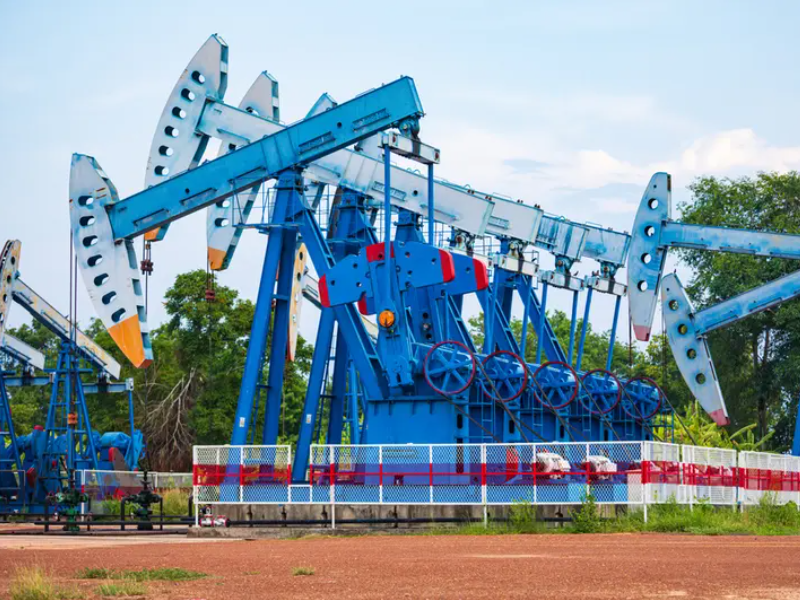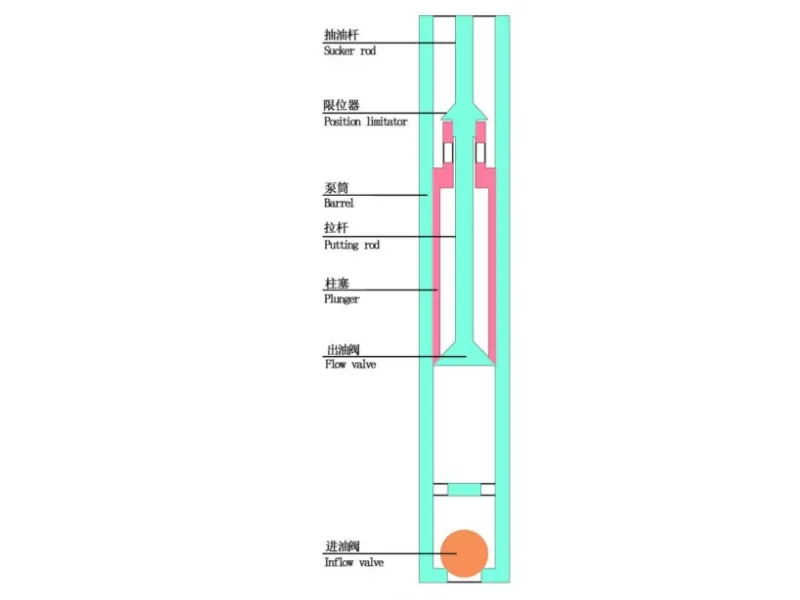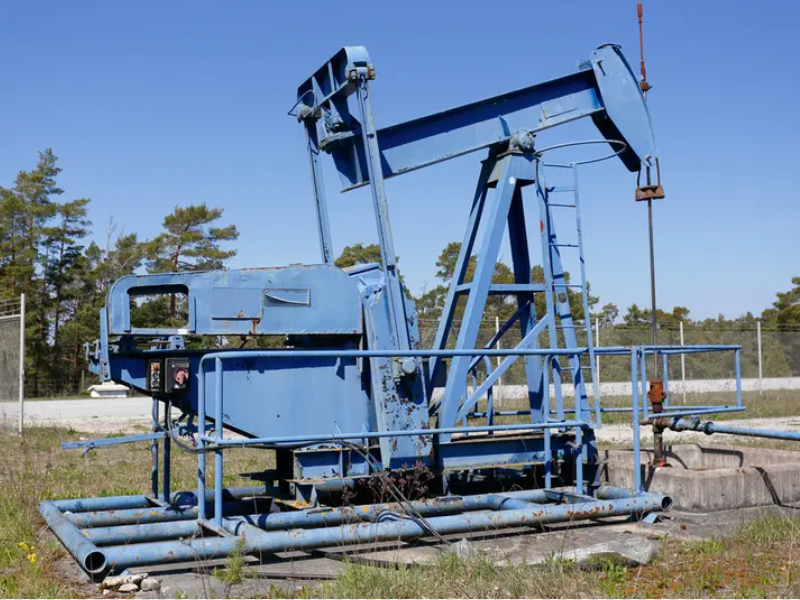08-16/2025
The value and application of insert rod pumps:
As the core component of artificial lift systems, insert rod pumps have become increasingly strategically important during low oil price cycles:
Insert rod pumps reduce costs and increase efficiency: their highly wear-resistant design and long-life structure significantly reduce maintenance and replacement costs.
Insert rod pumps ensure productivity: they maintain stable lift in low-permeability, heavy oil, and deep well conditions, ensuring continuous well production.
Insert rod pumps are highly adaptable: they can be customized to suit diverse reservoir conditions to meet diverse production needs.
Insert rod pumps improve oil recovery: their stable and reliable lift efficiency helps oil companies maintain high production despite downward pressure on oil prices.





